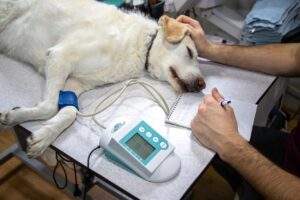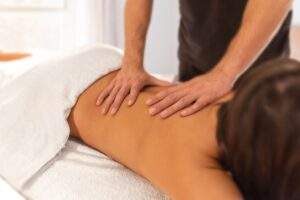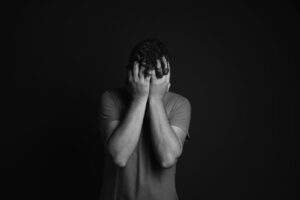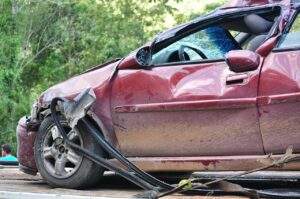Tips To Protect Yourself While Giving CPR To Someone Who is ill
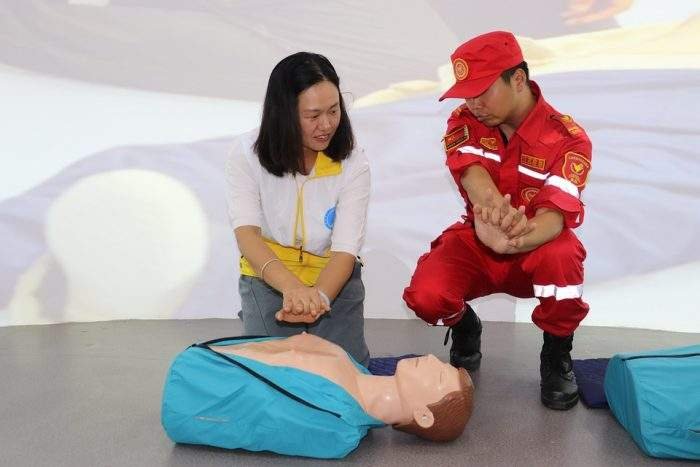
Can You Get Sick By Performing CPR?
It’s correct that a rescuer can come in contact with germs and viruses when doing CPR. On the other hand, the opportunity of having a disease from CPR is reduced however, the danger remains real. As you might not be conscious of your sufferer’s history it’s ideal to protect yourself prior to committing mouth-to-mouth resuscitation, a lifesaving portion of doing CPR. Actual CPR is extremely different from classroom CPR. You come in touch with a lot of bodily fluids when really performing CPR in a real-life situation. To assuage the people’s panic, the low voltage rescue training course today integrates personal protective equipment through various measures.
There are a whole lot of reasons why you may have to give CPR. The overdose, drowning, or heart attack — all these are only a couple of many reasons why somebody’s heart may stop beating. The majority of the time, whoever wants help is ill — and a few of their time, they’ve got an illness which may spread to other people. CPR saves lives, so how can we help others endure while maintaining ourselves safe? Below are few tips about the best way best to protect yourself if giving CPR to somebody who’s sick.
Putting Yourself First
When EMTs and paramedics appear into an emergency, among the first things they do is wear gloves. That is because they are aware they may should get their hands dirty — and they may be subjected to a disease from somebody else. They shield themselves so that, rather than becoming sick, they could go on saving lives the following day.
Professional medical care employees know that in the event that you do not look after yourself , you can not care for anybody else. That is why they use tools such as gloves to keep themselves healthy and secure. Whether you are a skilled or a lay man, it is crucial that you keep yourself secure, also. Fortunately, there are lots of strategies to offer life-saving CPR while protecting yourself from harmful germs.
How to Keep Healthy
Cardiac arrest can occur in hospitals, in home, or even in public. Whether you are a member from a family, a co-worker or a by-stander, there are always several options using which you can keep yourself healthy.
Tip #1 Hygiene
Among the very best techniques to protect against the spread of disease is just very good hand hygiene. If there aren’t any gloves about, be certain that you clean your hands after doing CPR. Use soap and warm water and bathe for at least 20 minutes to make certain they’re clean.
Tip # 2 CPR Masks
Another fantastic way to keep yourself secure is to use an obstruction. We have seen the ‘mouth-to-mouth’ system on TV and in films (Sandlot, anybody?) , but sadly this strategy can leave you exposed to undesirable germs. Employing a CPR mask sets a physical barrier between you and the person who you’re assisting. Emergency employees carry masks along with other tools to assist breathe for patients as soon as they arrive on the scene, even should you continue to assist with CPR. If you do not operate in healthcare (or if you are off duty) you can purchase your very own mobile CPR mask! There are plenty of types available, such as regular masks which fit in a glove compartment or perhaps folding masks which fit on your keychain!
Tip # 3 CPR Using Hands
If remembering to take around a mask looks like a intimidating undertaking, do not worry! Another very simple method to protect yourself when giving CPR to somebody who’s ill is to bypass the rescue breaths entirely. “Hands-only” CPR, because it is called, means providing just chest compressions along with your hands free of breaths, no mask. Cutting the breaths means cutting the facial contact and lowers the probability of spreading a disease from person to person. And the fantastic news is, it is effective! When all else fails, hands-only CPR will keep the flow long enough to keep someone alive until they could receive more sophisticated maintenance.
Conclusion:
LVR CPR is amongst the most significant ways that human beings may assist each other but you can not help others if you place yourself in harm’s way. It is very important to keep yourself protected when you give CPR, regardless of what setting you are in or that you are helping.
